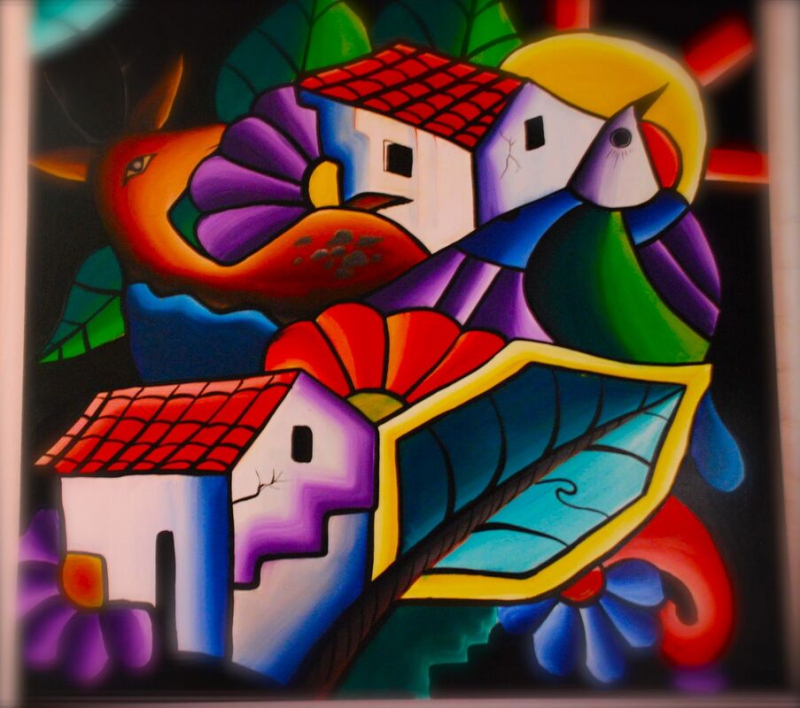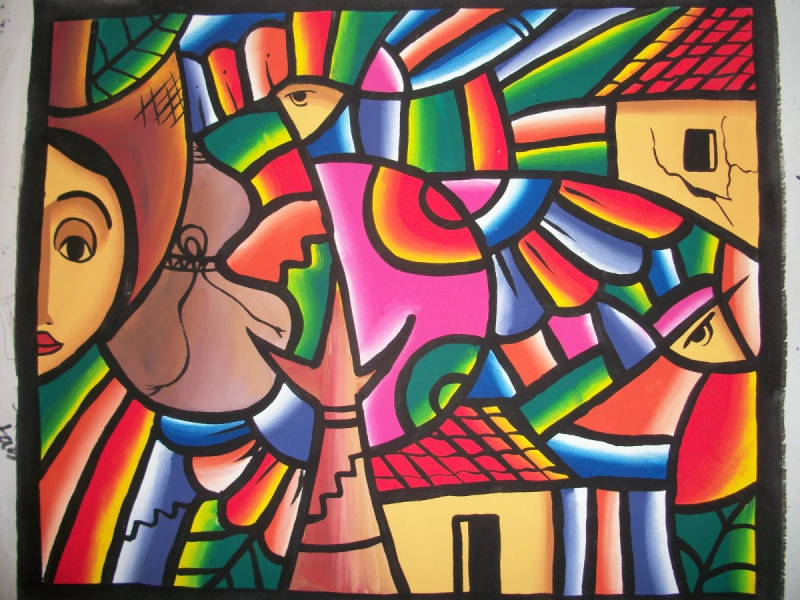Literature And The Arts In El Salvador
During the Spanish colonial rule in El Salvador, written literature flourished. Prior to that, the majority of literature was delivered orally. As a result, the country has a rich heritage of folklore and legends. Literature written by Salvadorans in Spanish began to appear as formal education in Spanish became available during colonial rule. Initially, the majority of this work was religious in nature. In the later years of colonial rule, non-secular Salvadoran written literature emerged in the form of historical accounts, short stories, novels, and so on. Today, Salvadoran literature is a large body of work with a lot of content.
Animals, village life, and cultural celebrations are common themes in Salvadoran folk art. The bright colors in the folk paintings make them visually appealing. Street art is a popular way for people to express their feelings and thoughts. Bright paintings on the exterior walls of homes and other buildings are common. El Salvador is also well-known for its handicrafts. Some of El Salvador's indigenous crafts include Ilobasco pottery, San Sebastian processed textiles, Concepción de Atacó woven religious imagery, and Guatajiagua red and black pottery.
El Salvador also produces and exports a large number of hammocks. It is frequently referred to as ""The Valley of Hammocks." The country is known for its "hammock culture." "where almost every home, regardless of social class, has a hammock hung in their porches, outdoor courtyards, or living rooms Salvadorans enjoy using hammocks for afternoon naps and to unwind after a long day at work









